Taking stock of your vaccines
For some, calving season has already started. Others find themselves on final approach to one of the busiest times of year: calving, preparation for breeding season and spring processing of calves and cows before going to pasture. This is an important time to plan herd health programs for the year, make final adjustments to nutrition […] Read more
Antimicrobial resistance tug of war stands in the way of progress
The tug of war between government’s discounted ability to mount a meaningful defence against antimicrobial resistance (AMR), recent accusations that pull the ethical and professional conduct of food animal veterinarians offside, and the reality that we may be losing the battle against antibacterial resistance hinders the progress toward resolution. Three recent events highlight the tug […] Read more
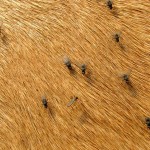
Vectors and emerging disease: a growing dilemma
Vectors — mosquitoes, ticks, midges, flies — have always been a major reason for the spread of disease among animals and people. Their importance has been magnified in recent years, confounded by things like new pathogens, climate change, global travel, antibiotic and pesticide resistance and the decline of public sector investment in disease surveillance. The […] Read more

BVDV eradication still a North American pipe dream
On October 13 the scientific community clustered in Kansas City, Missouri, to tackle what has become a tired veterinary euphemism: “Bovine Viral Diarrhea Virus Eradication: Reality or Myth?” Infections with bovine virus diarrhea virus (BVDV) are widespread throughout the world. Although the prevalence varies among surveys, BVDV infection is endemic in many populations, with a […] Read more
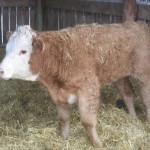
Back to basics with BRD
Despite advancements in knowledge and technology associated with BRD there has been no significant reduction in its incidence
Complacency is always an enemy. And nowhere in the beef business does complacency sit more steely and imperfectly than when managing calves as they move from pasture to market. With 2014 witnessing weaned calves topping $1,800, production shortcuts will abound in the rush to get them sold. Producers will be tempted to sidestep good management […] Read more

Out of the ebola virus tragedy, are there lessons to be learned?
The West African outbreak should be a wake-up call for the livestock industry
Global health authorities watch with uncertainty as the human ebolavirus tragedy in West Africa unfolds. First recognized in the summer and fall of 1976, the ongoing Zaire ebolavirus outbreak is the largest since its discovery — nearly 9,300 cases and over 4,500 deaths. It continues to spread through the Democratic Republic of the Congo (or […] Read more
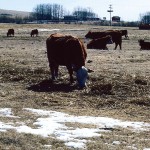
Brood cow nutrition part of fall planning
The best indicator we have for assessing the nutritional status of beef cows is body condition and all measures of production are tied to this. Thin cows produce poorer-quality colostrum, have weaker calves, wean lighter calves and are less likely to breed back in the first 21 days of the breeding season producing more open […] Read more
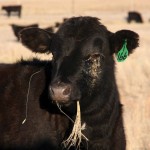
The full cost of pink eye in cattle
Cure the pain as well as the losses
Pink eye or, more properly, infectious bovine keratoconjunctivitis (IBK), ranks high on the list of most expensive cattle health issues. The impact in lost weight gain alone is substantial. For pre-weaned calves, pinkeye is the second most costly disease, behind scours. One study showed a 17 pound (lb.) loss when one eye was affected and […] Read more
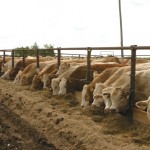
Trust is at the heart of social licence
Stakeholders can give you credibility, but don't think it's permanent
In response to questions about trends, opportunities and challenges concerning the future for our beef industry, feedlot owners and veterinarians often mention matters like food safety, prudent use of antimicrobials, animal welfare and environmental stewardship. In effect, they are talking about the industry’s ability to secure its social licence to operate. The economic, social and […] Read more
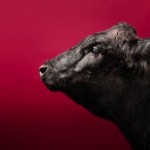
Vet Advice: Update on Guidance 213 for antimicrobials
In January 2014 the Western Canadian Association of Bovine Practitioners (WCABP) published an article in Vet Advice about pending change in the use of antimicrobials in livestock production. Although Guidance #213 is a U.S. initiative introduced through the Food and Drug Administration (FDA), its intent is to limit use of antimicrobials in livestock production. Canada […] Read more



